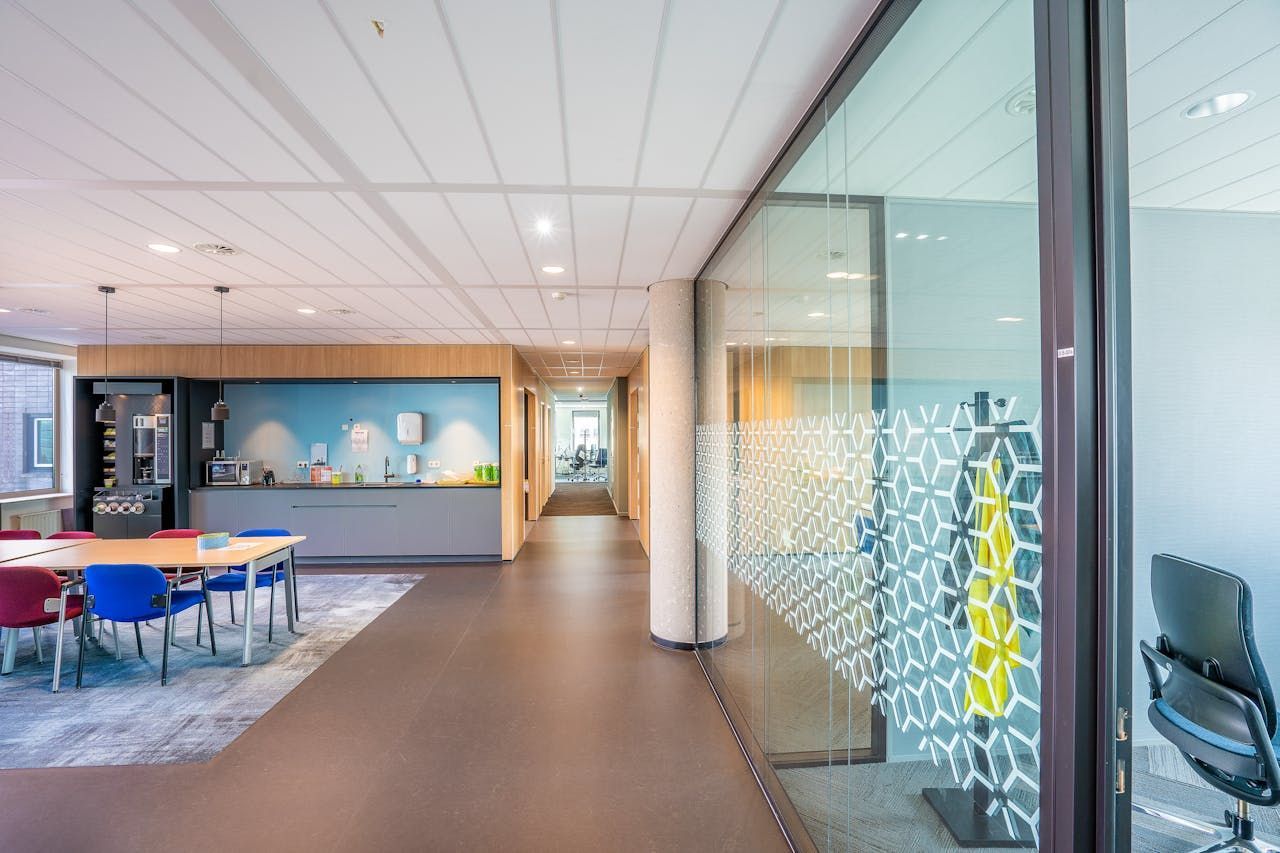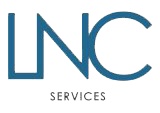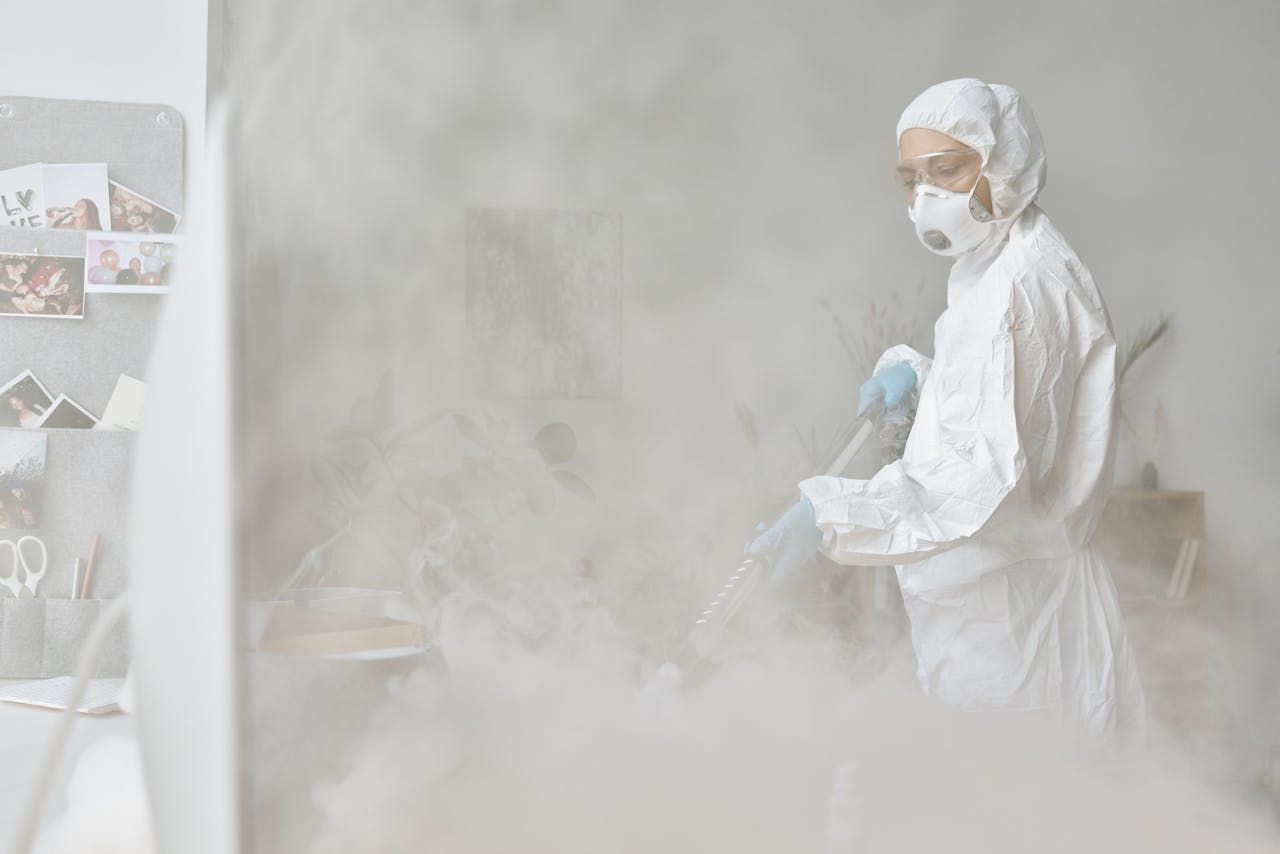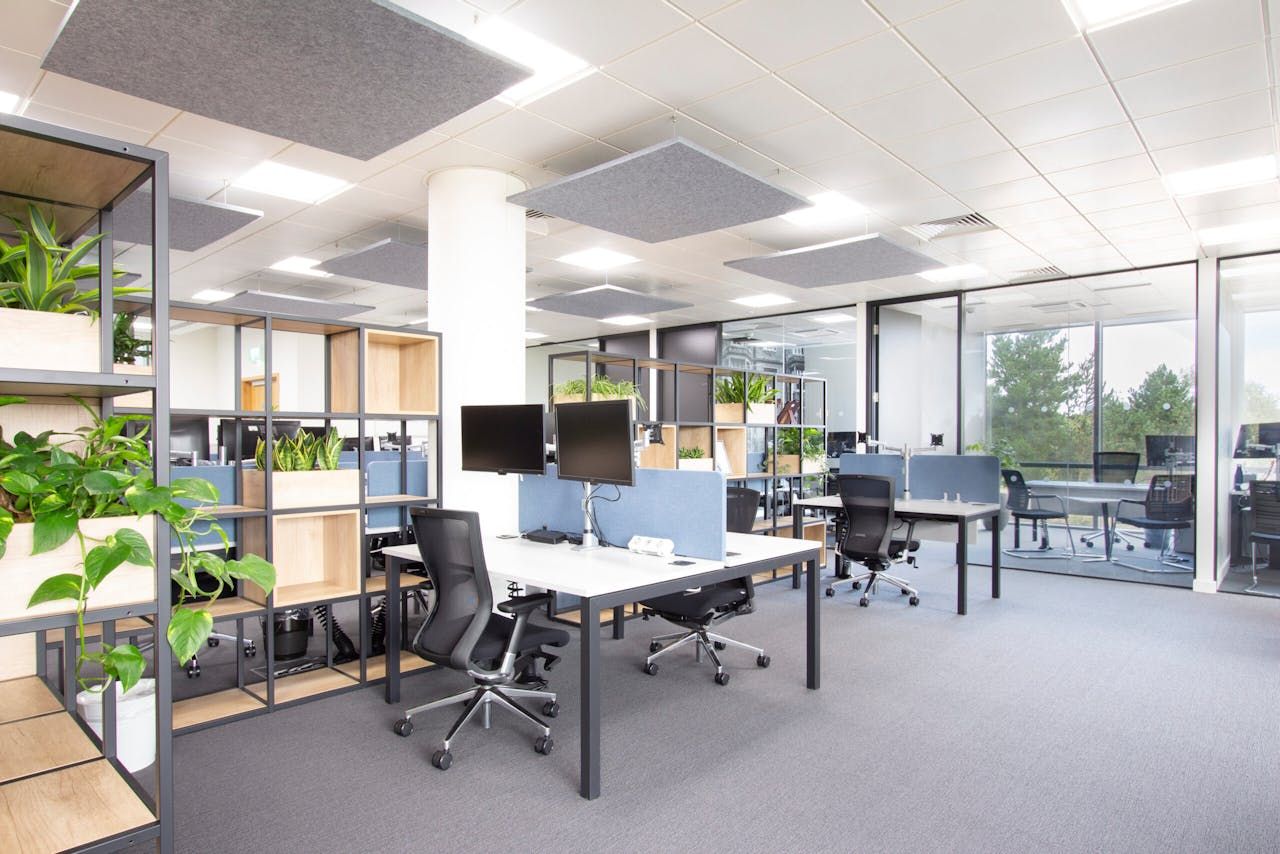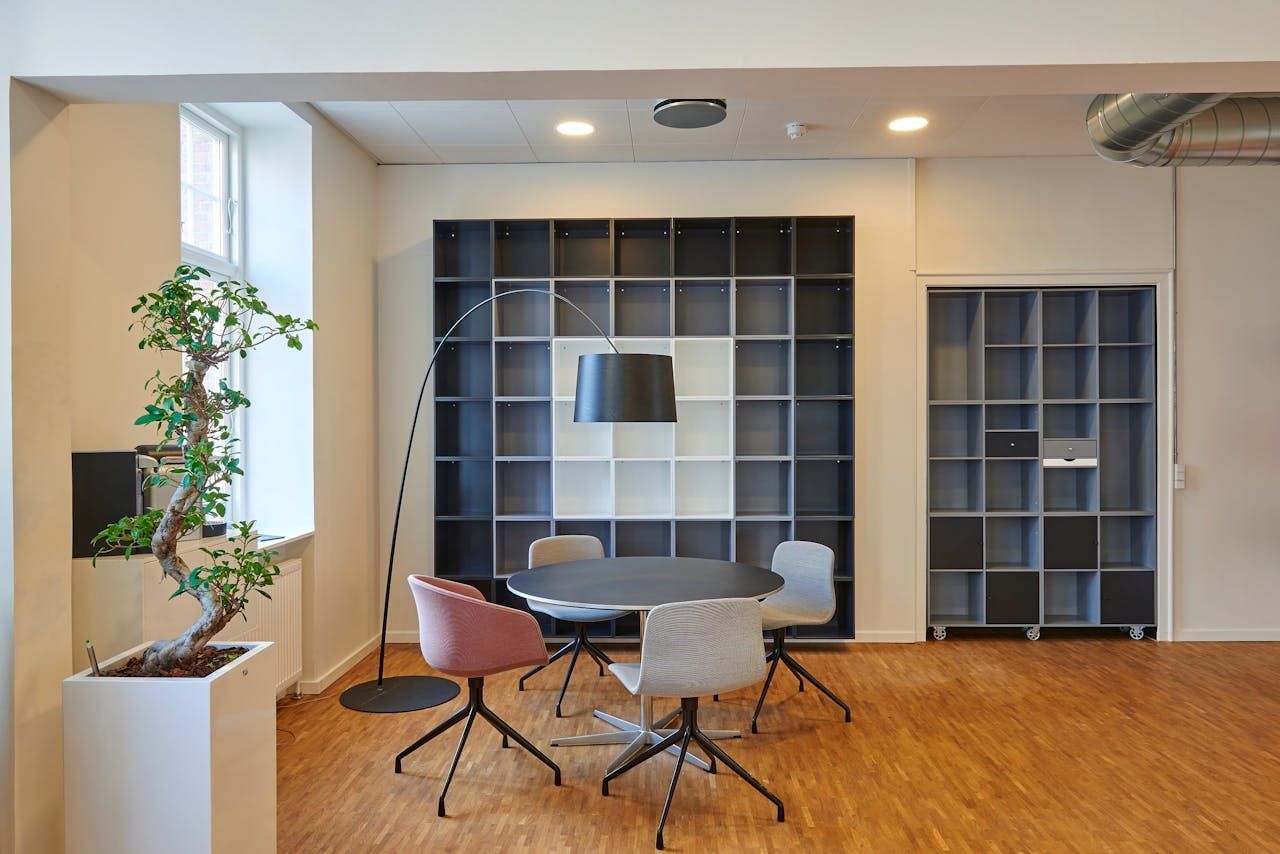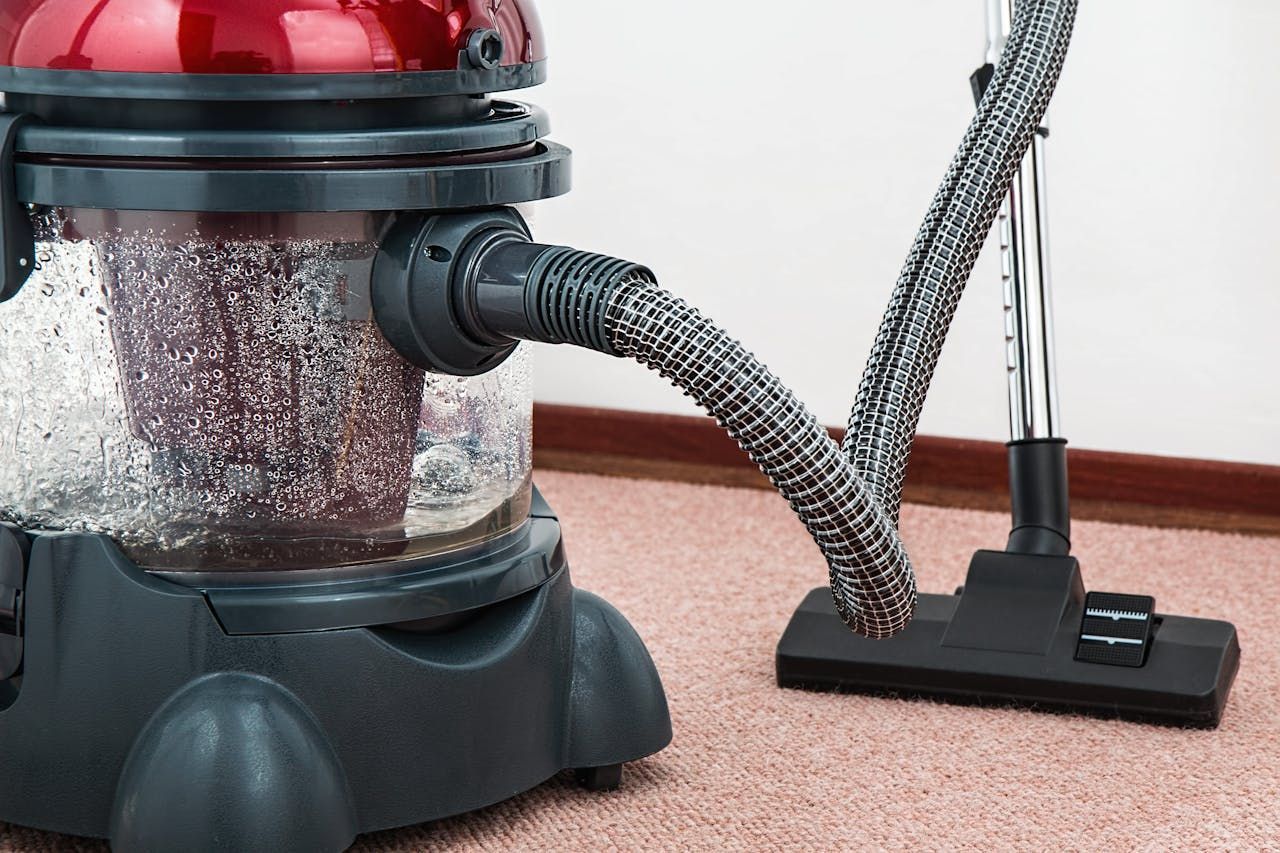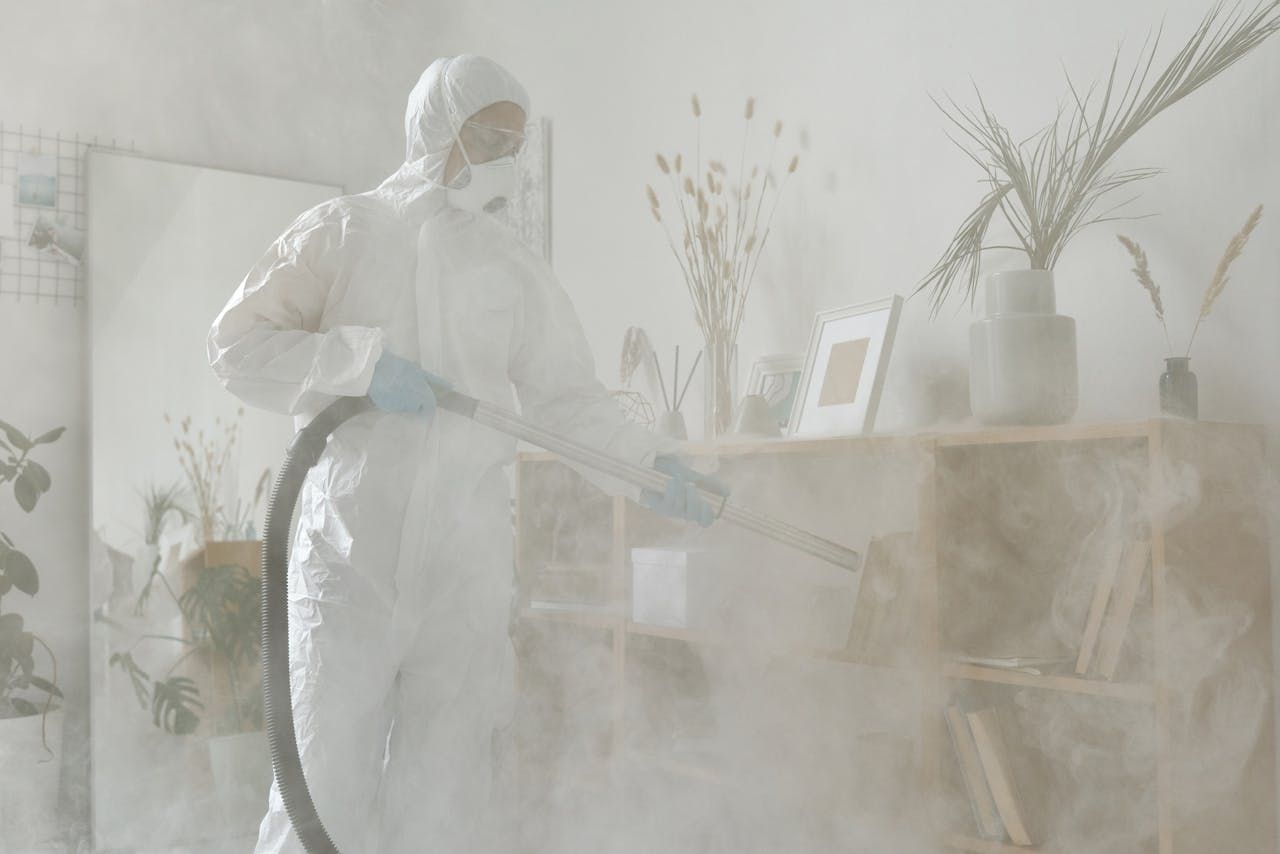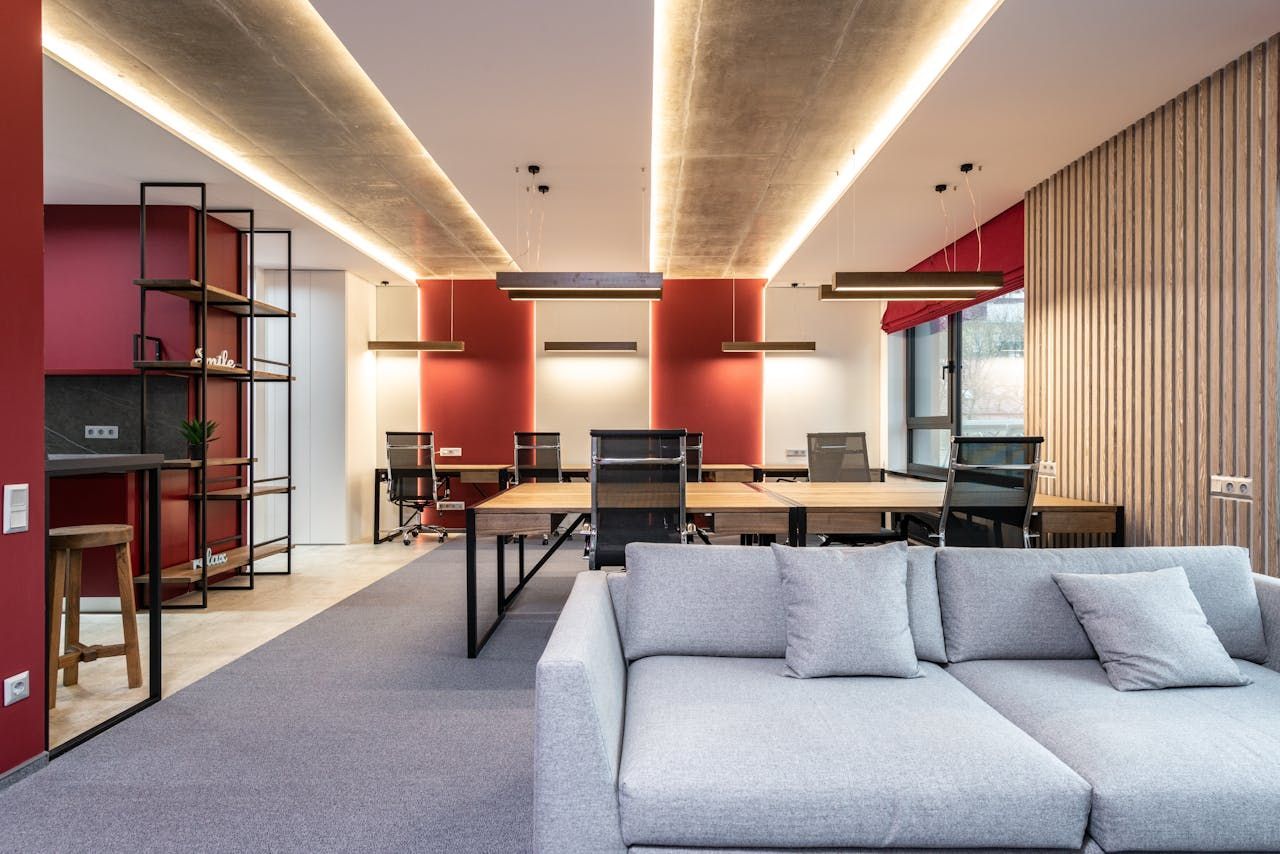Health Regulations and Your Business: Staying Compliant With Your Business Cleanliness
There are many reasons to keep your business workplace clean, from wanting to make a good environment for your staff, to making that great first impression to new clients, but more than just appearance, in the UK, you actually have a legal requirement as a business owner to maintain cleanliness - and the risk of not complying are considerable.
Find out more as we delve into the health regulations that cover cleanliness in the workplace.
Health and Safety Regulations in the UK
Workplace cleanliness in the UK is covered by The Health and Safety at Work Act 1974 and The Workplace (Health, Safety and Welfare) Regulations 1992, which states that employers are responsible for ensuring a workplace is kept sufficiently clean and tidy.
There are many sections where cleanliness is raised, including in stating that workers should have a healthy working environment, which includes having “a clean workplace with appropriate waste containers”, and that a safe workplace needs to have “no obstructions in floors and traffic routes”.
Following health and safety regulations is imperative for your business, not just to avoid fines and other trouble but to ensure that your employees are respected and provided with the workspace they deserve.
Why Cleanliness Matters
Cleanliness is relatively easy to maintain but has a significant impact even outside of the direct regulation implications, including:
The safety of your people
As mentioned earlier, a clean workplace is also a safer workplace. It doesn’t take a great deal of imagination to think of ways a messy working environment can impact the safety of your staff and customers. From cups of hot coffee falling onto laps, to being injured from tripping in untidy factories, the list of accidents and dangers that can occur thanks to an unclean workplace are numerous.
Safety should always come first, and accidents often happen because small details are overlooked. The attitude of “oh, it’s just a small thing, no one has ever been hurt before” only works until the first time it doesn’t - don’t let there be a first time.
Your public image and reputation
How you present yourself should be of paramount importance to your business. Getting respect from clients and customers is essential in furthering your company. If you present yourself as an unclean company, your customers will value you less than competitors who are clean and tidy.
Do you really want the reputation of being slovenly, messy, or - worse - disgusting?
The success of your business
Think of all the biggest and most successful businesses out there, and imagine what their offices look like; chances are you are not imagining piles of dirty cups and crisp packets on the desks, or muddy carpets leading to the manager’s office. Of course not; your impression of those businesses is of clean, polished surfaces, clutter-free desks, and clear, safe pathways.
Is it that successful businesses suddenly change and begin to clean up, or is it the more likely fact that businesses that treat themselves and their employees with respect become successful?
The impression you give your customers is one thing, but the way you feel as a business yourself is similarly important. Cleanliness is a rung on the ladder that leads to success.
The Risks of Not Being Compliant
Fines, fines, fines! It doesn’t sound nice, and it isn’t, but being fined by the Health and Safety Executive is one near-certainty for businesses that ignore health and safety regulations. It’s not the only risk, however. Consider:
- The risk to health - A dirty environment is an unhealthy environment. We don’t have to look back far to remember the COVID-19 pandemic and the impact it had on society. Cleanliness in the workplace was a key component to minimising the transmission of the virus. Covid isn’t the only health risk, of course, and everything from the common cold and up can and will impact your staff and your productivity. Don’t put your valued employees in danger.
- The chance of accidents - Quite aside from germs, a messy workplace is a dangerous one, as discussed earlier. If losing a staff member for a few days or weeks because of an illness is bad, losing one permanently due to a failure to maintain proper workplace safety is considerably worse.
- Poor productivity - It’s harder to work in a messy environment, and a lack of cleanliness in the workplace can lead to lethargy, depression, and misery. No one really wants to work in a mess - even teenagers occasionally clean their bedrooms! Productivity is key for any business; the cost of cleaning your business workplaces should be seen as an investment for improved efficiency.
- Low morale - As an extension of poor productivity, consider the morale of your workers and the costs of personnel turnover. Keep your employees happy, and they’ll stay and work hard. Make them work in a mess, and they’ll be looking for other opportunities fairly quickly.
- The risk of legal action - Ah, yes, the impact of the HSE. As stated, businesses will be fined for poorly kept workplace environments, and it can go further, with businesses forced to close and those responsible facing criminal charges. There really is no benefit here.
Critical Areas To Maintain Cleanliness In The Workplace
Your entire workplace needs to be clean, but some areas do require more attention. Prioritise:
- Kitchens and Canteens - Any area where food is eaten and prepared needs to be spotless. Remember, if you have on-site food prep, there are additional regulations you need to uphold, like HACCP (Hazard Analysis and Critical Control Point).
- Toilets - Do we need to say more?
- High-touch points - Anything that lots of people will touch in a day needs to be kept germ-free, such as light switches, door handles, and shared equipment, like printers.
- Floors - You walk across them all day long. Not only do they need to be clean and dry to avoid tripping and slipping, but they hold all the dirt and germs coming in from outside.
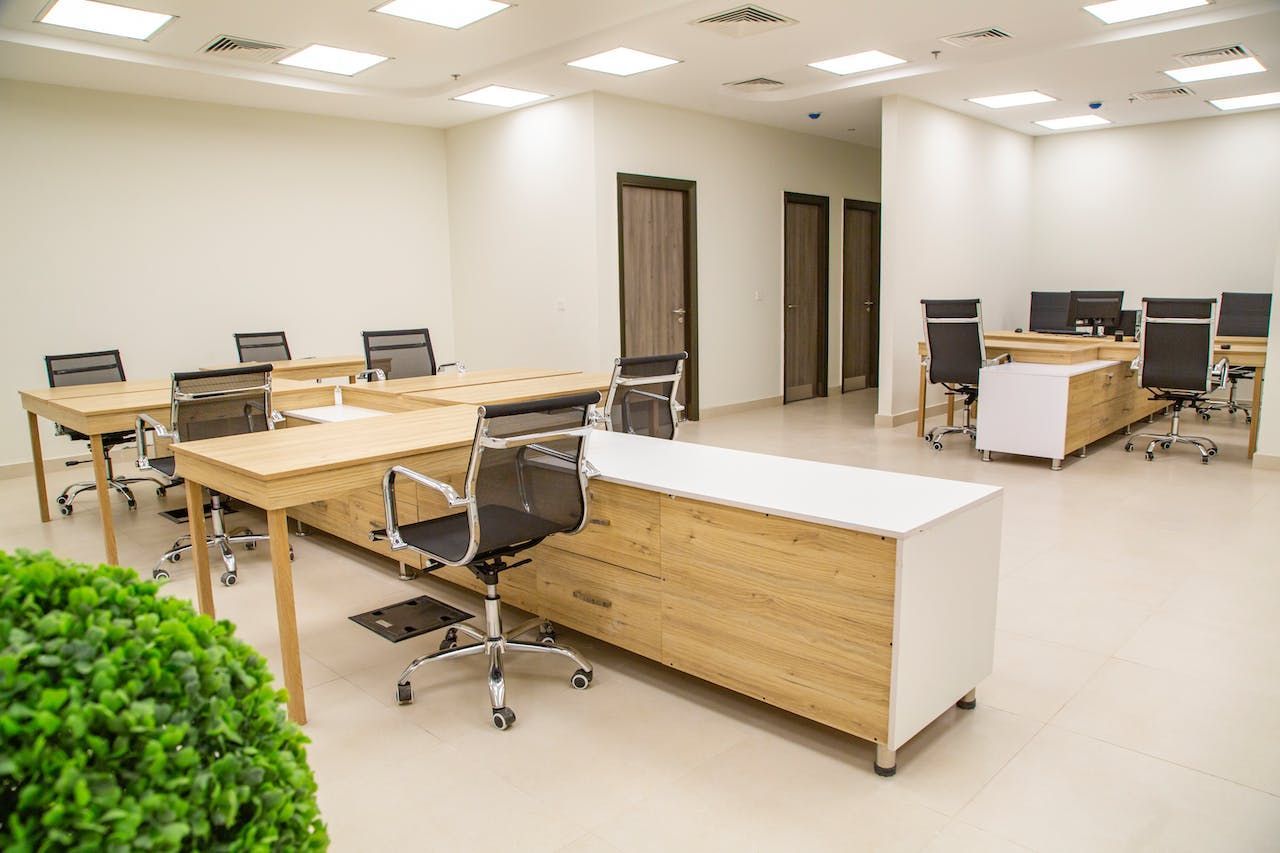
How to Keep Compliant
It’s essential you have a robust cleaning schedule. This should include:
- Daily surface wiping with an anti-bacterial cleaner
- Regular vacuuming and mopping of floors
- Frequent cleaning of toilet facilities
- Dishwashing
- Laundry of relevant items
- Dusting
- Window cleaning
It’s a lot to manage on top of actually doing your job. That’s why so many businesses rely on the services of professional contract cleaners like us! Our team not only take on the laborious work but will clean to a much higher and more thorough standard than anyone can when fitting it into an already busy day.
LNC Services is here for all your cleaning needs. Contact us today for a tailored quote to suit your business.
